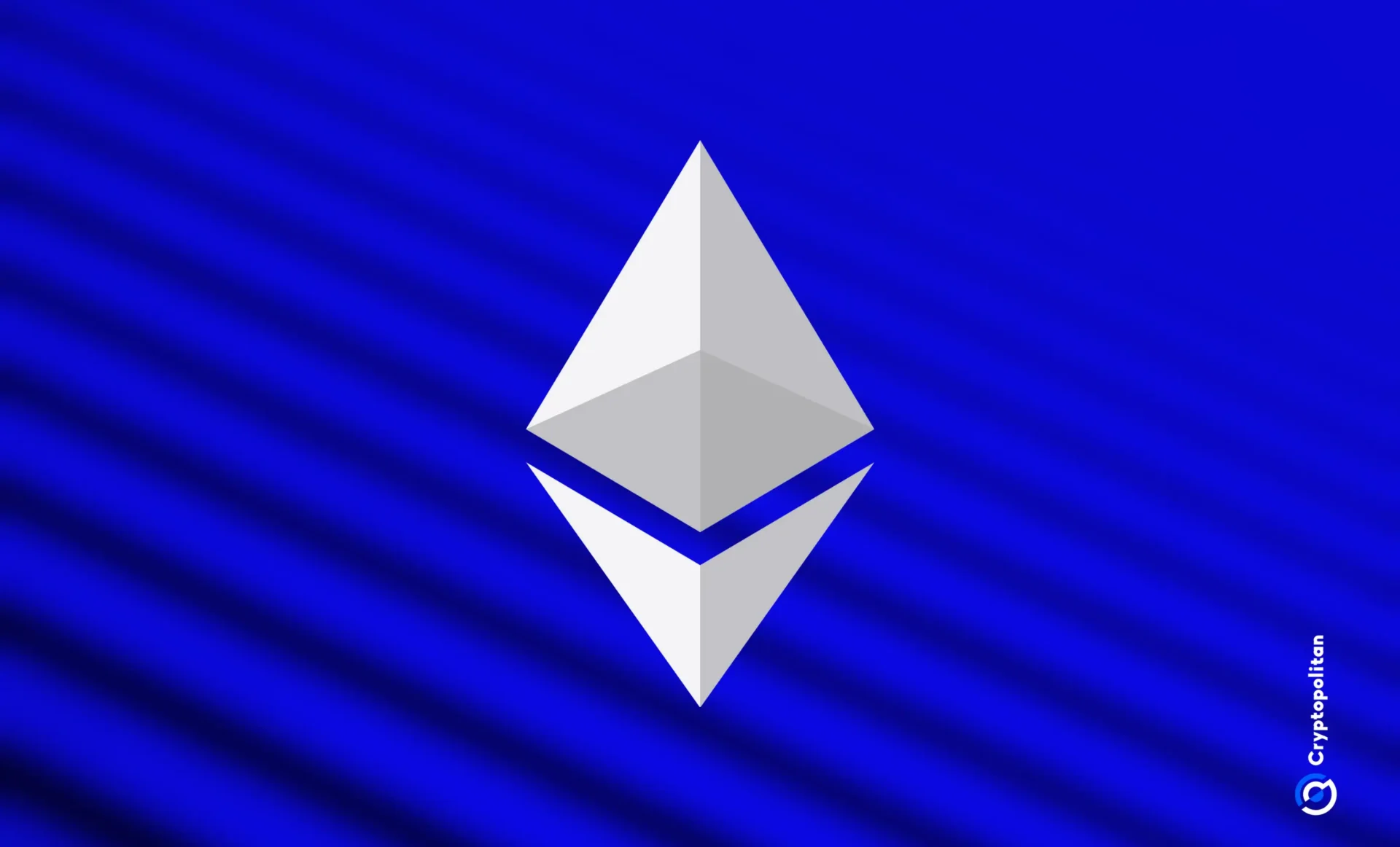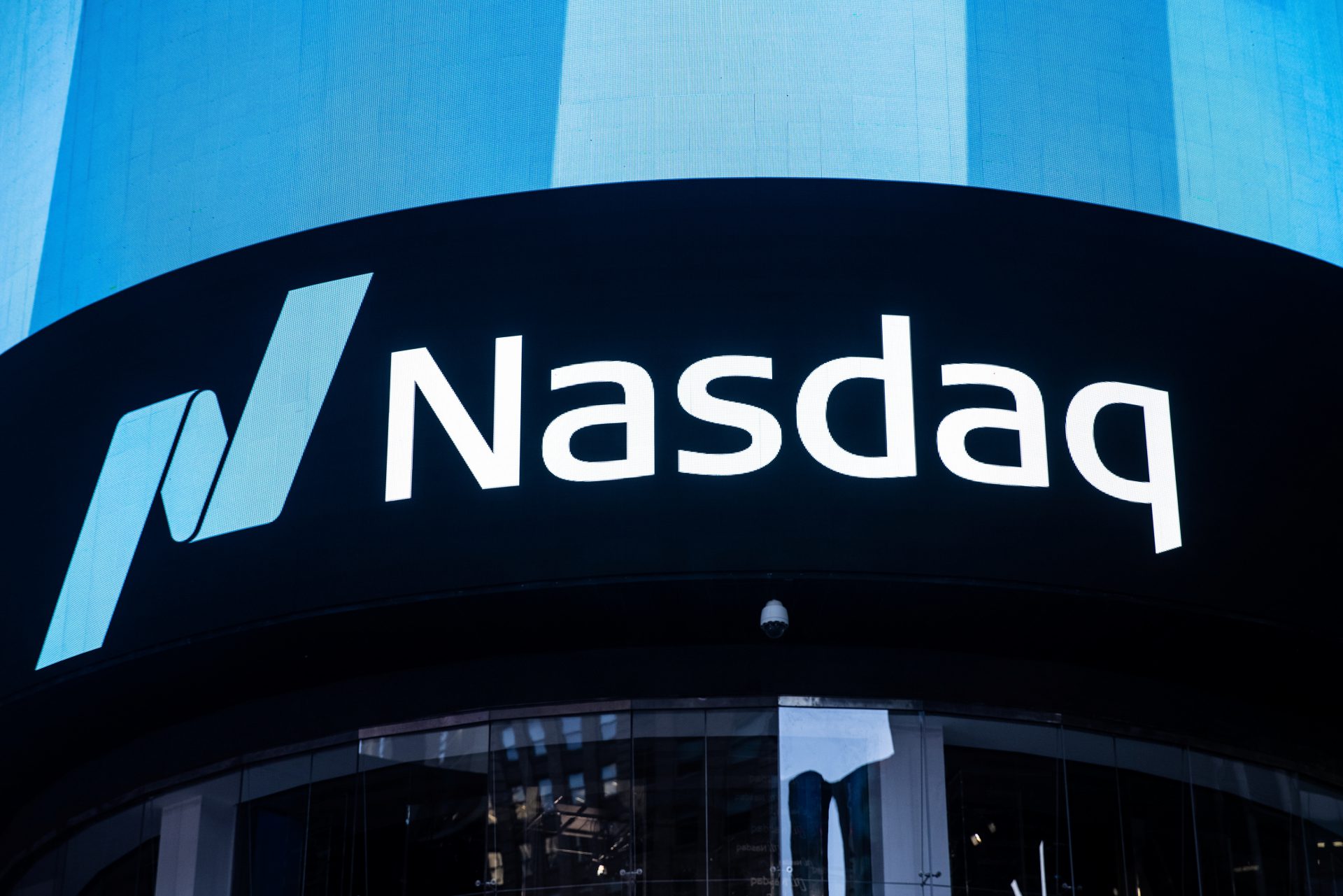The creation of multiple L2 projects on Ethereum led to the development of several hubs that could be called full crypto economies. A total of nine chains managed to draw traffic and end-produce profits over the past 12 months.
Ethereum has incubated nine crypto economies in its L2 scaling chains. The projects with the highest activity and the best fee schedule produced $140M in profits for the past 12 months.

Despite talks of L2 cannibalizing Ethereum and depriving it of fees, the ecosystems have grown their own culture and specific use cases, diverging into different types of chains. Some give more weight to lending and DEX activity, while others are reserved for gaming.
Linea is setting aside space for NFT trading, while OP Mainnet has become a general utility chain. ZKSync Era is a leader in token-based activity. Arbitrum has the biggest share of cross-chain technologies, as well as general use cases and transfers.
Not all L2 manage to produce fee-generating apps or generate net fees themselves. First-mover advantage, apps, and exchange listings helped some chains get ahead and grab a bigger share of crypto activity. Leaders like Aave and Uniswap are now most active on Arbitrum and Base, due to the much lower cost even with high on-chain traffic.
L2 chains have also tailored their expenses, especially after the initial period of increased subsidies and payments to Ethereum. With lower L1 rents, incentives, and other costs, most of the leading L2 manage to produce gains for the past 12-month period. L2 chains can also vary in their expenses depending on which services they need the most. The biggest expenses include calldata on Ethereum, blob fees where applicable, or using a data availability (DA) layer like Celestia or Eigen DA.
In the short term, some L2 may experience periods of negative returns, or increased L1 rents. However, the Dencun upgrade dramatically changed the fee structure for L2, expanding the possibilities to build products with even lower barriers.
The barriers to bringing new L2 to market are higher. There are multiple L2 attempts, which are lagging behind the current leaders. Only five L2 chains manage to lock in more than $1B in value. The other problem for L2 remains true decentralization, which none of the roll-up L2 chains has achieved. Arbitrum, Optimism, and dydx V3 have achieved partial decentralization. True zero-knowledge rollups among distributed nodes are not yet available among L2.
ETH becomes money for L2 economies
L2 activity is mostly tied to value transfers, yield, DEX swaps, and various other forms of decentralized finance. While most L2 have a native token, with the exception of Base, ETH is still important.
For some L2, inflows of stablecoins also add to the liquidity. However, ETH is used as collateral, for liquidity pools, and generally as money in the L2 economies. Base, for instance, lacks its own token, but is a long-term ETH holder, storing $1.4B in reserves.
ETH can also generate passive income through staking, while also still circulating value in the form of liquid staking tokens.
ETH reserves are also key to some of the funding rounds coming from insiders. Vitalik Buterin and other funds have earmarked ETH to support early-stage projects.
Ethereum’s chain is also a net donor to L2, exchanging between $7b and $8B in value with L2 chains. In the past three months, Ethereum was a net donor of $668M, though sometimes, the net flows exceeded $1B in value. ETH is still among the main assets to be bridged, with a smaller share for tokens and stablecoins.
The value of ETH is also key to securing the network through staking. ETH is not behaving as ultra-sound or deflationary money anymore, but inflation has slowed down to 0.38% annualized from a peak of 0.73%.
Ethereum’s fees are also pushing users into L2 due to activity costs. Ethereum remains unpredictable, with gas under 1 gWei just a couple of weeks ago. Since then, even ordinary transactions have risen to a cost of $2. More complex activities like NFT sales cost above $51 as of October 2, while even simple bridging got close to $10. For retail use cases, small-scale token activities, or Web3 gaming, Ethereum is still not viable, as even a small increase in traffic can make fees prohibitive.
Cryptopolitan reporting by Hristina Vasileva









